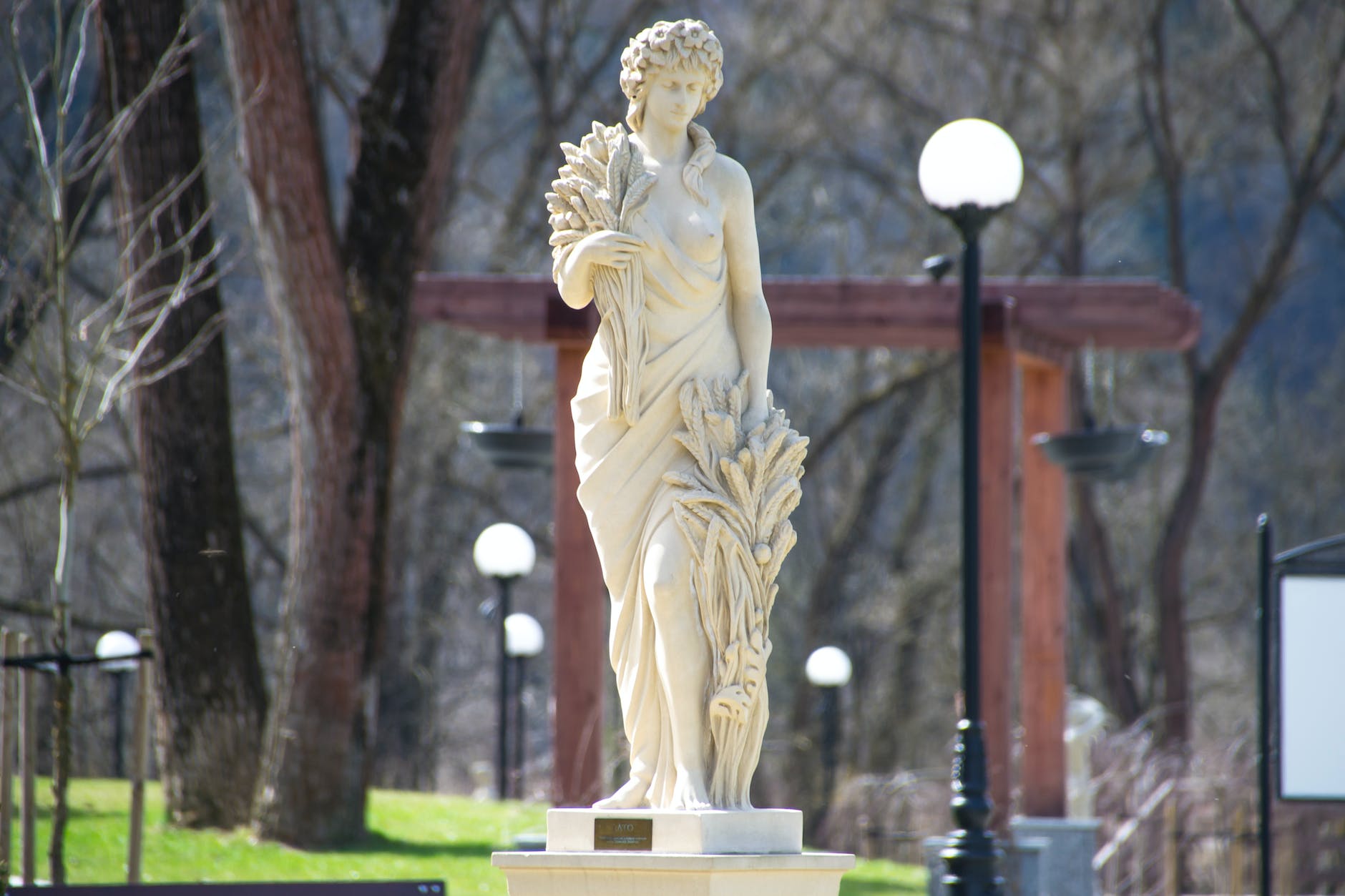The Science of Sculpture: Understanding Techniques and Materials
Mastering sculpture as an artform requires technical understanding of the chemical and physical properties underlying media, methods and preservation. Demystifying processes through science illuminates how to manipulate materials safely and effectively to translate artistic visions skillfully from concept to display.
The Science of Clays and Firing
Ceramic clays undergo complex transformations:
- Clays contain hydrous aluminum phyllosilicate minerals that shape easily when wet and harden when dry.
- Firing permanently alters clay’s mineral makeup through chemical reactions and crystallization induced by heat.
- Low fire earthenware around 2,000°F fuses particles. Midrange stoneware fires to 2,300°F. High fire porcelain needs 2,500°F for vitrification into non-porous hardness.
- Glazes applied before firing melt into glassy coatings. Their thermal expansion must match the clay body.
- The kiln’s carefully controlled heating and cooling cycles prevent cracking and maximize fired strength.
The Science of Metalcasting
Complex physics enables molten metal flow into detailed molds:
- Pouring temperature and viscosity must allow the metal to completely fill the mold before cooling and contracting.
- Smooth flask design encourages laminar flow. Turbulence causes gas occlusions.
- Venting provides paths for hot gases to escape so trapped air doesn’t cause porosity.
- Insulating the mold slows cooling so the solidifying metal doesn’t shrink away from mold surfaces as it sets.
- Quenching in sand prevents cracks by slowing cooling after initial solidification. Then burying in soil ensures gradual return to room temperature.
The Science of Stone Carving
Understanding geology informs carving and finishing:
- Sedimentary stones like limestone and travertine have natural bedding planes that separate predictably when leveraged.
- Igneous formations like marble or granite are more resistant but benefit from following crystalline structures when cleaving.
- Hardness, grain size and fracture patterns differ greatly between stones, influencing carving pressures and methods.
- Acidic cleaners deepen colors in calcitic stones. Alkaline cleaners brighten silica-rich stones.
- Applying barrier sealants protects reactive marbles and limestone from acid rain deterioration.
Demystifying media and methods through science empowers sculptors to refine their craft and creations through greater mastery and understanding.
